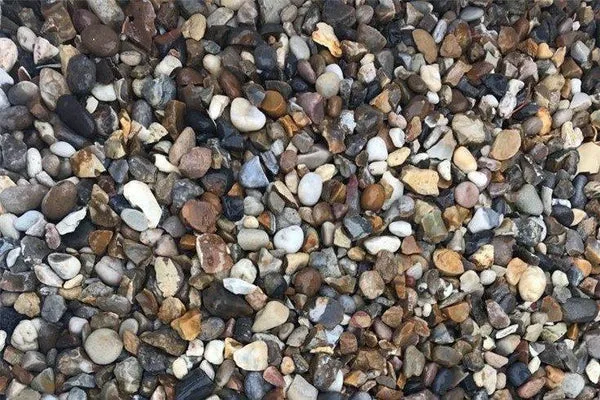Climate change poses significant challenges to gardeners, impacting everything from plant health to soil stability. As temperatures rise and weather patterns become more unpredictable, it’s essential to adopt strategies that can protect your garden and ensure its longevity. Incorporating landscaping aggregates and garden stones into your garden design is an effective approach to mitigate the adverse effects of climate change.
Understanding the Impact of Climate Change on Gardens
Climate change can lead to a variety of issues for gardens, including:
- Increased temperatures: Higher temperatures can stress plants and lead to drought conditions.
- Unpredictable weather: Extreme weather events, such as heavy rainfall and storms, can damage plants and soil structure.
- Pest and disease proliferation: Warmer climates can increase the prevalence of pests and diseases.
- Soil erosion: Intense rainfall and flooding can lead to soil erosion, affecting plant growth.
To combat these challenges, here are some strategies that leverage the use of landscaping aggregates and garden stones.
1. Improve Soil Drainage with Landscaping Aggregates
Effective soil drainage is crucial to prevent waterlogging and root rot, especially during periods of heavy rainfall. Landscaping aggregates, such as gravel and crushed stone, can be used to enhance soil drainage. Here’s how:
- Create Drainage Layers: Add a layer of gravel or crushed stone at the bottom of planting beds or pots to facilitate excess water drainage.
- Mulching: Use aggregates as mulch to prevent soil erosion and retain moisture during dry spells.
2. Build Resilient Pathways with Garden Stones
Paths and walkways made from garden stones not only enhance the aesthetic appeal of your garden but also offer practical benefits. Stone pathways are durable and can withstand extreme weather conditions better than traditional materials.
- Permeable Surfaces: Opt for permeable garden stones that allow water to pass through, reducing surface runoff and preventing flooding.
- Heat Resistance: Garden stones can help moderate soil temperature by reflecting sunlight, thereby reducing heat stress on plants.
3. Stabilize Slopes and Prevent Erosion
Soil erosion is a significant concern, particularly on slopes and embankments. Landscaping aggregates can be used to stabilize these areas and prevent soil loss.
- Retaining Walls: Construct retaining walls with garden stones to hold back soil and prevent erosion.
- Ground Cover: Use gravel or decorative stones as ground cover on slopes to anchor the soil and reduce runoff.
4. Enhance Microclimates with Strategic Stone Placement
Creating microclimates within your garden can help protect sensitive plants from extreme weather conditions. Garden stones can play a vital role in this.
- Heat Sinks: Large stones can absorb heat during the day and release it slowly at night, providing a more stable temperature environment for nearby plants.
- Wind Breaks: Strategically placed stone features can act as windbreaks, protecting delicate plants from strong winds.
5. Incorporate Drought-Tolerant Landscaping
With rising temperatures and the risk of drought, it’s wise to design your garden with drought-tolerant plants and materials. Landscaping aggregates and garden stones are perfect for creating a low-maintenance, water-efficient garden.
- Xeriscaping: Use aggregates to create xeriscape gardens that require minimal watering.
- Rock Gardens: Incorporate garden stones to build rock gardens, which are ideal for drought-resistant plants.
Conclusion
Protecting your garden from the impacts of climate change requires thoughtful planning and the use of resilient materials. Landscaping aggregates and garden stones offer practical and aesthetic solutions to enhance soil drainage, stabilize slopes, create microclimates, and design drought-tolerant landscapes. By integrating these strategies, you can create a garden that not only withstands the challenges posed by climate change but also thrives in the long term.
Invest in the right materials and design practices today to safeguard your garden for future generations.






